
Kanteibyo Yokohama Chinatown
A vibrant cultural hub, Yokohama Chinatown is Japan's largest, offering a sensory feast of food, colorful gates, and the historic Kanteibyo Temple.

Highlights
Must-see attractions
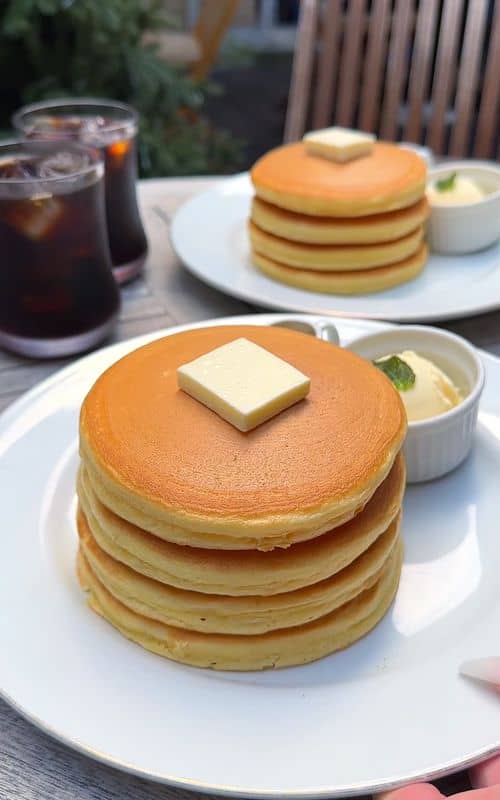
Social
From TikTok & Reddit
Best Time
Fewer crowds, more relaxed

Kanteibyo Yokohama Chinatown
Best Time
Fewer crowds, more relaxed

Highlights
Must-see attractions
A vibrant cultural hub, Yokohama Chinatown is Japan's largest, offering a sensory feast of food, colorful gates, and the historic Kanteibyo Temple.
"Yokohama Chinatown is a sensory overload of delicious food, vibrant colors, and rich history."
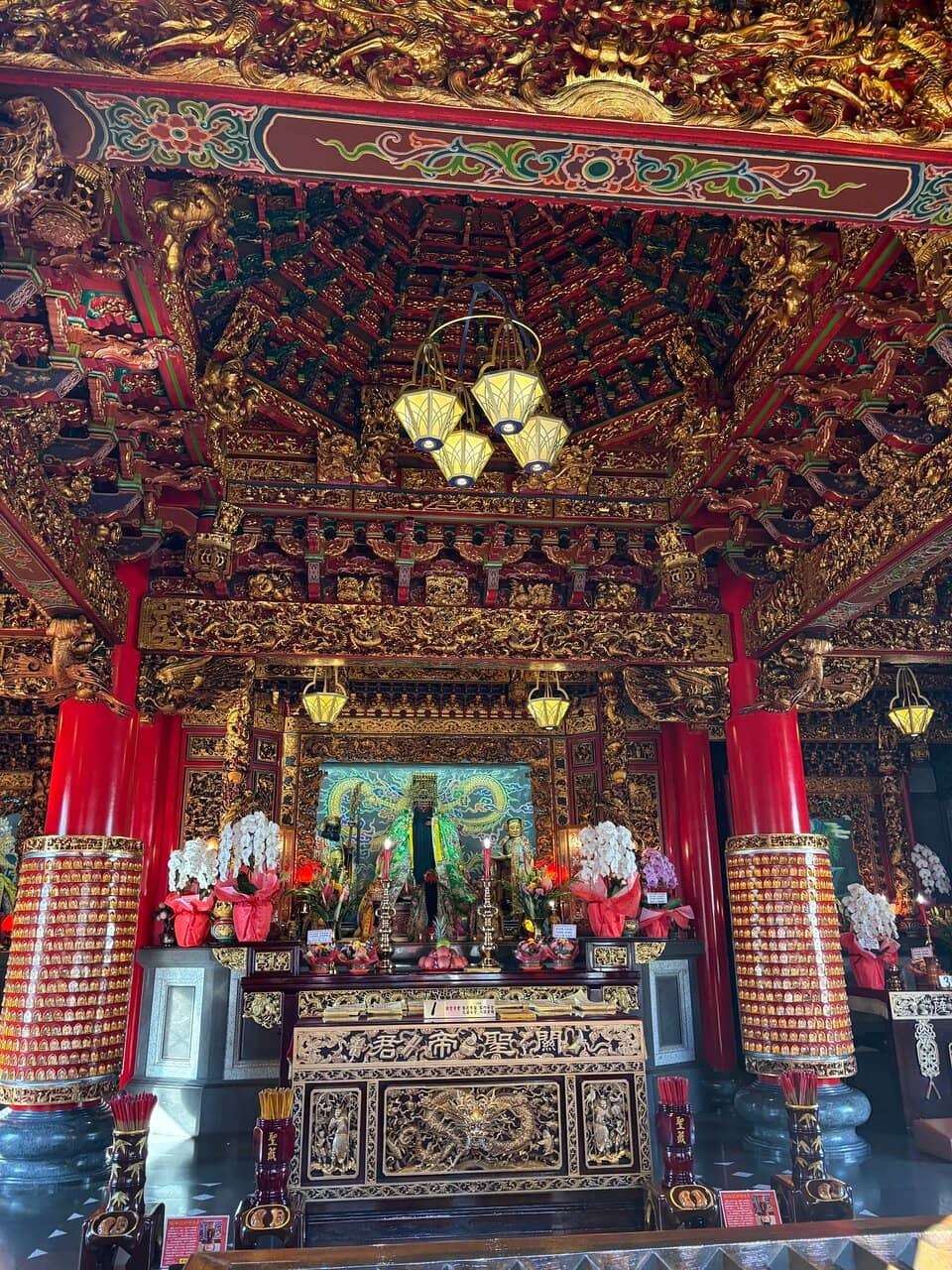
🎯 Explore Beyond the Main Street
Wander through the smaller alleys for hidden gems and authentic culinary experiences.
🍜 Savor Authentic Chinese Cuisine
Don't miss the steamed buns and diverse regional dishes.
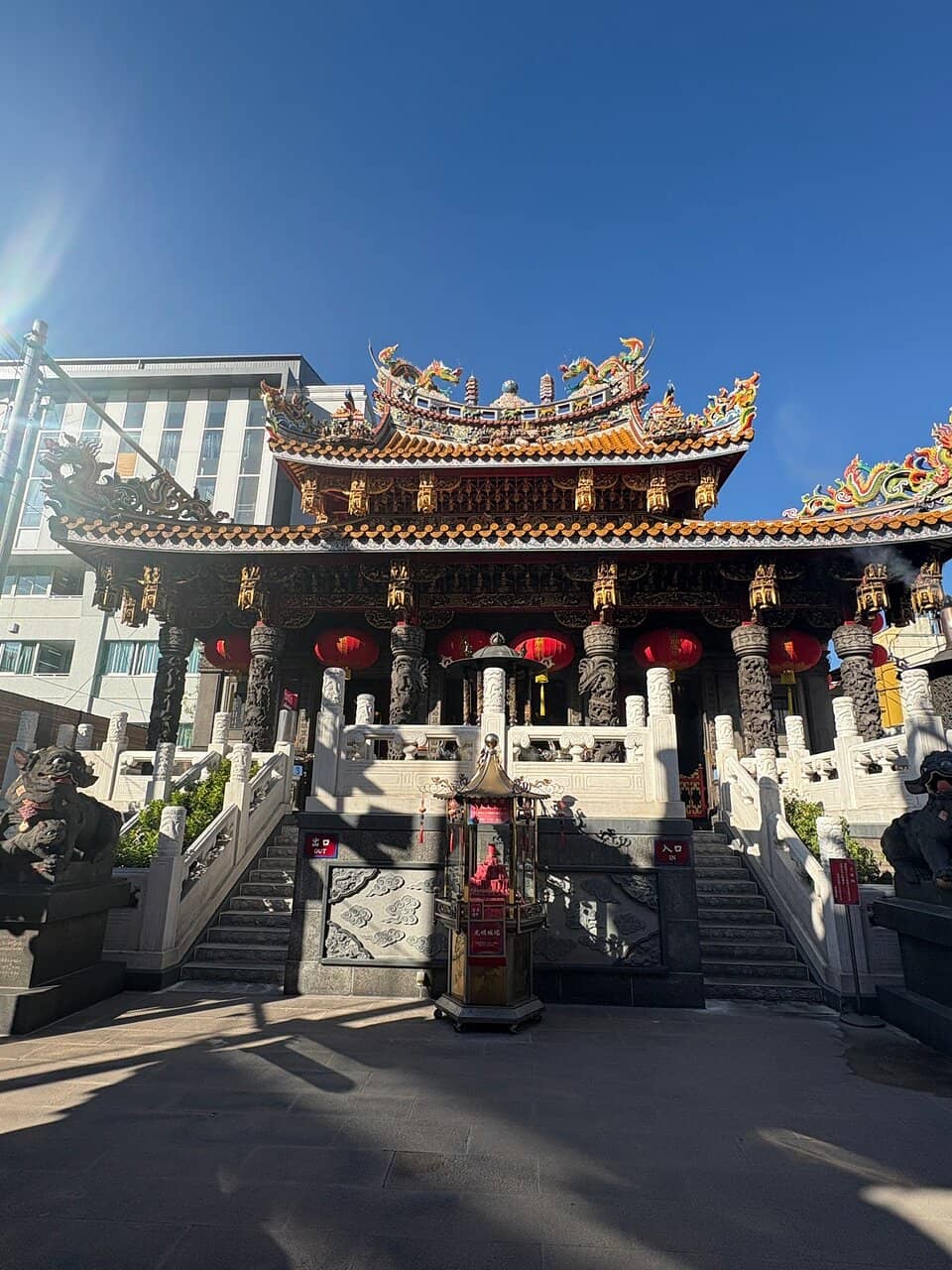
Highlights
Discover the most iconic attractions and experiences
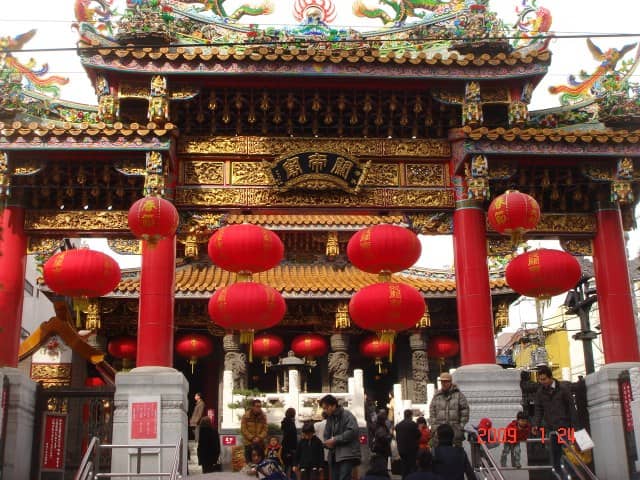
Kanteibyo Temple
Heart of Yokohama Chinatown
A vibrant Taoist temple dedicated to Guan Yu, adorned with colorful sculptures and intricate carvings.
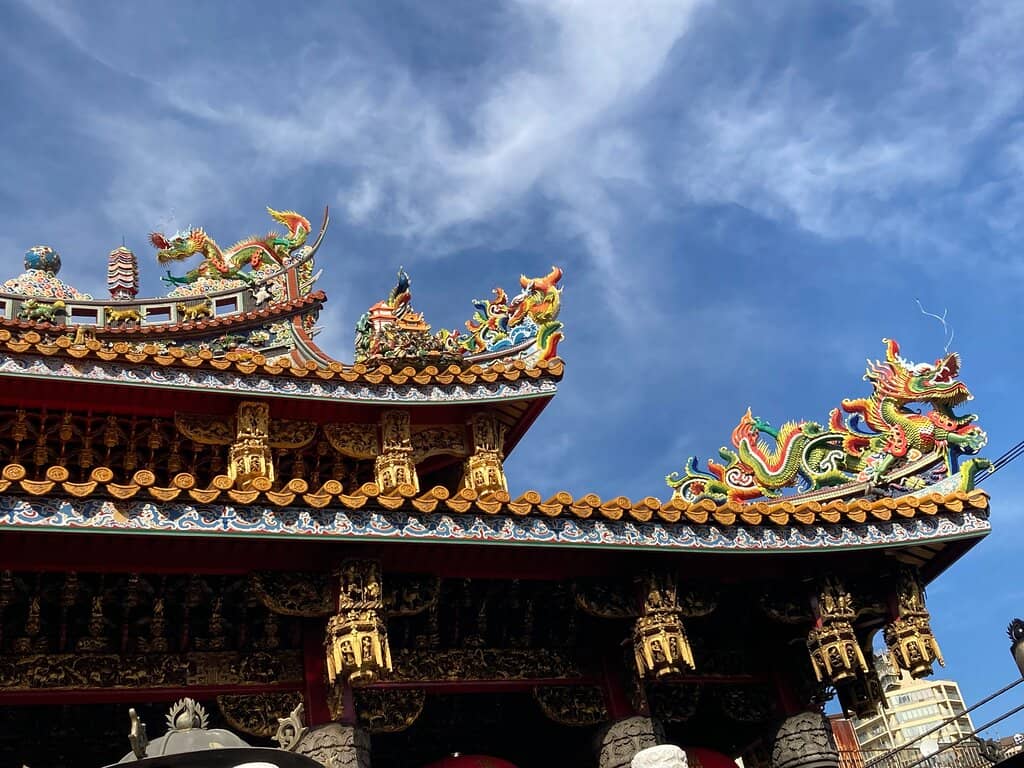
Chukagai-odori (Main Avenue)
Yokohama Chinatown
The bustling main street, lined with over 600 shops, restaurants, and colorful gates, offering a sensory feast.
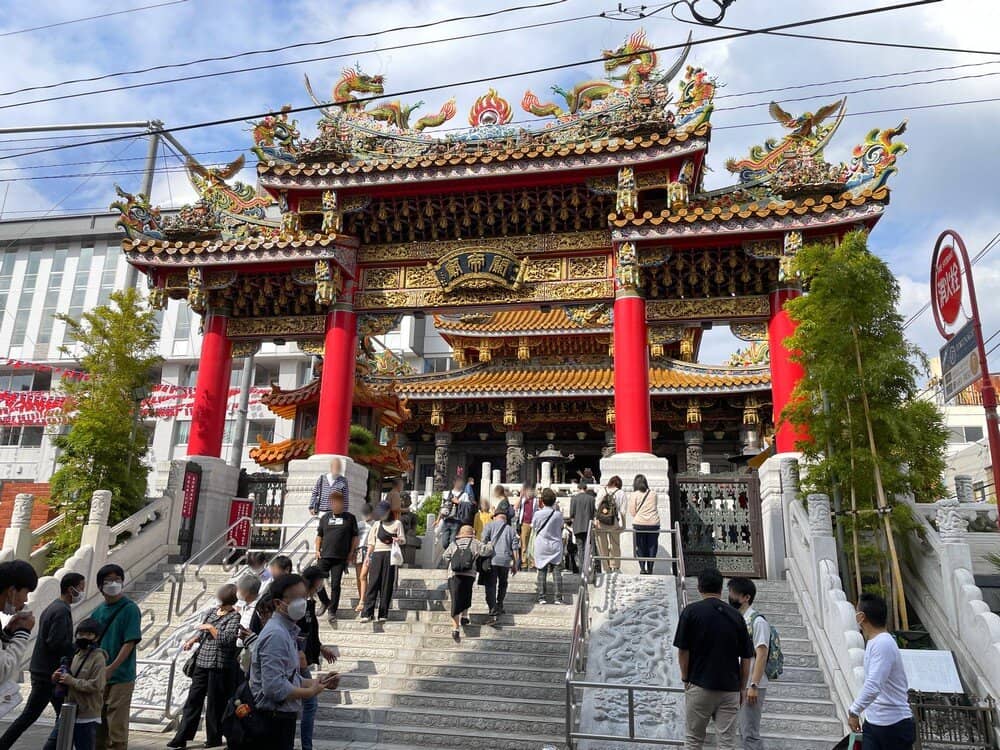
Bungo Stray Dogs Filming Locations
Various spots in Yokohama
Fans can explore real-life locations featured in the popular anime series, adding a unique layer to their visit.
Plans like a pro.
Thinks like you
Planning Your Visit
Embrace the Vibrant Atmosphere
Temple Etiquette and Entry
Best Times
Insider Tips
from TikTok, Instagram & Reddit
🎯 Explore Beyond the Main Street
Wander through the smaller alleys for hidden gems and authentic culinary experiences.
🍜 Savor Authentic Chinese Cuisine
Don't miss the steamed buns and diverse regional dishes.
📸 Capture the Colorful Gates
The 'pai lou' gates are iconic and Feng Shui-inspired.
✨ Seek Out Anime Spots
For fans, tracing Bungo Stray Dogs locations is a must.
Tips
from all over the internet
🎯 Explore Beyond the Main Street
Wander through the smaller alleys for hidden gems and authentic culinary experiences.
🍜 Savor Authentic Chinese Cuisine
Don't miss the steamed buns and diverse regional dishes.
📸 Capture the Colorful Gates
The 'pai lou' gates are iconic and Feng Shui-inspired.
✨ Seek Out Anime Spots
For fans, tracing Bungo Stray Dogs locations is a must.
💰 Free Exterior Views
Admire the temple's exterior for free; a small fee for interior access.
What Travellers Say
Reviews Summary
Visitors praise Yokohama Chinatown for its vibrant atmosphere, delicious food, and rich cultural heritage, particularly the Kanteibyo Temple. The sheer scale and energy of the district are often highlighted as major draws. Some find the crowds can be overwhelming, and occasional issues with overly zealous photographers have been noted.
"Kuan Ti Miao is a Taoist temple dedicated to Guan Yu, the legendary general from the Three Kingdoms period, worshipped as the god of loyalty, justice, and commerce. The current building was completed in 1990, after the previous temples were destroyed by the Great Kanto Earthquake (1923), WWII air raids, and a fire in 1986.
The temple is a masterpiece of traditional southern Chinese architecture, with richly carved dragons and phoenixes, red columns, and golden decorations covering nearly every surface. The main altar enshrines Guan Yu in his green robe, flanked by his loyal attendants. Incense offerings and divination sticks can be purchased at the entrance, and visitors are welcome to make a wish for prosperity, health, or harmony.
I visited today and found it both vibrant and peaceful. The air was filled with incense and every detail — from the ceiling carvings to the massive drum — reflected extraordinary craftsmanship. It’s one of the most beautiful and well-preserved Taoist temples in Japan, and definitely worth a visit when exploring Yokohama Chinatown."
Anna Krzak
"This shrine enshrines an ancient Chinese hero.
The building is decorated with colorful sculptures.
You can view the exterior of building for free but the entrance fee is required to enter it."
K2
"A beautiful beautiful temple in Chinatown, Yokohama Japan. The colors and details of the architecture is amazing."
Reshma Tarachand
What People Like
What People Dislike
Frequently Asked Questions
🚇 🗺️ Getting There
Yokohama Chinatown is easily accessible from Tokyo. Take the JR Tokaido Line or Keihin-Tohoku Line to Yokohama Station, then transfer to the Minatomirai Line and alight at Motomachi-Chukagai Station. The journey typically takes around 30-40 minutes.
The best way to explore Yokohama Chinatown is on foot. The main avenue, Chukagai-odori, is pedestrian-friendly, and many of the most interesting sights are found by wandering through the smaller alleys.
Yes, there are several parking lots available near Yokohama Chinatown, including the Chinatown Parking Lot and the Yamashita Park Parking Lot. However, driving and parking can be challenging due to traffic and crowds, especially on weekends.
Yes, Kanteibyo Temple is located in the heart of Yokohama Chinatown and is easily accessible by public transport. The nearest station is Motomachi-Chukagai Station on the Minatomirai Line.
The Minatomirai Line is highly recommended for exploring Yokohama, with Motomachi-Chukagai Station being the closest to Chinatown. If coming from Tokyo, JR lines are also a convenient option to reach Yokohama Station.
🎫 🎫 Tickets & Entry
Viewing the exterior of Kanteibyo Temple is free. However, there is a small entrance fee to go inside and explore the temple's intricate carvings and decorations.
Yokohama Chinatown hosts various events and festivals throughout the year, including the Spring Festival (Chinese New Year) with lantern illuminations, and other celebrations.
No, advance booking is generally not required for Kanteibyo Temple. You can purchase tickets at the entrance.
Yokohama Chinatown is generally open throughout the day, with shops and restaurants having varying hours. Kanteibyo Temple typically opens in the morning and closes in the early evening.
No, Yokohama Chinatown is a public district and there is no entrance fee to walk around and explore the streets.
🎫 🧭 Onsite Experience
You must try the delicious steamed buns (nikuman), dim sum, and various regional Chinese dishes. Many TikTok videos highlight the culinary delights.
Yokohama Chinatown offers a wide array of shops selling Chinese crafts, tea, traditional clothing, and unique souvenirs. You can also find Bungo Stray Dogs merchandise.
The colorful gates, known as 'pai lou,' are built based on Feng Shui principles and mark the entrances to different sections of Chinatown.
Yes, Yokohama Chinatown is very photogenic with its vibrant colors, intricate architecture, and bustling street scenes. The Kanteibyo Temple and the main avenue are particularly popular photo spots.
At night, Yokohama Chinatown transforms with neon lights and illuminated lanterns, creating a magical atmosphere. It's a great time for a stroll and enjoying the vibrant nightlife.
📸 📸 Photography
The Kanteibyo Temple, the main avenue (Chukagai-odori) with its colorful gates and lanterns, and the bustling street scenes offer fantastic photo opportunities.
While generally welcoming, some visitors have reported staff at certain establishments being protective of their space, even asking photographers to stop. Be mindful and respectful.
Both daytime and nighttime offer unique photographic experiences. Daytime captures the vibrant colors and details, while nighttime showcases the magical glow of neon lights and lanterns.
Consider capturing the architectural details of the Kanteibyo Temple, the lively street food vendors, the iconic gates, and the general atmosphere of this vibrant district.
While not explicitly stated, be aware that some establishments might not appreciate extensive photography that disrupts their business or patrons. Always be considerate.
For Different Travelers
Tailored advice for your travel style
👨👩👧 Families with Kids
While Kanteibyo Temple is a cultural site, its intricate decorations might capture a child's imagination. Consider visiting during the day when it's less crowded. For a more interactive experience, look for shops selling fun souvenirs or consider a short ride on the nearby Ferris wheel at Cosmo World for panoramic views of the city and harbor.
🍜 Foodie Explorers
Don't be afraid to sample street food and explore smaller, less-known restaurants for authentic flavors. Many visitors recommend trying the famous steamed buns (nikuman) and exploring the diverse offerings. Consider creating a 'food crawl' itinerary to sample as much as possible.
✨ Anime & Pop Culture Fans
Deep Dives
In-depth insights and expert knowledge
The Cultural Heart: Kanteibyo Temple
The temple's architecture and design are deeply rooted in Chinese tradition and Feng Shui principles, contributing to the unique atmosphere of Yokohama Chinatown. It serves not only as a place of worship but also as a cultural landmark that draws visitors interested in Chinese heritage. The priests at the temple may share fascinating insights into its history and the creation of its detailed decorations, offering a glimpse into the spiritual and artistic significance of the site.
For those seeking a deeper understanding of the temple's role in the community, it's worth noting that it was built with donations from the overseas Chinese community in the Kanto area, highlighting its importance as a gathering place and symbol of cultural identity.
Culinary Delights of Yokohama Chinatown
The main avenue, Chukagai-odori, is lined with eateries, but don't hesitate to explore the smaller side streets for hidden gems and more local experiences. Street food vendors offer quick and tasty snacks, perfect for enjoying while exploring the vibrant streets. Many TikTok creators showcase their favorite food finds, offering inspiration for your own gastronomic journey.
Beyond the main dishes, consider trying traditional Chinese desserts and beverages. The lively atmosphere, combined with the incredible food, makes dining in Yokohama Chinatown a truly memorable experience.
Anime Pilgrimage: Bungo Stray Dogs
Key spots that have been identified by fans include areas around the Yokohama waterfront and various streets within Chinatown itself. Visiting these locations can add an extra layer of excitement and personal connection to your trip, especially if you're a fan of the series. Many fans express their joy and excitement upon discovering these real-life anime settings.
While exploring, be sure to look out for any related merchandise or themed cafes that might be available, further enhancing the Bungo Stray Dogs experience in Yokohama.
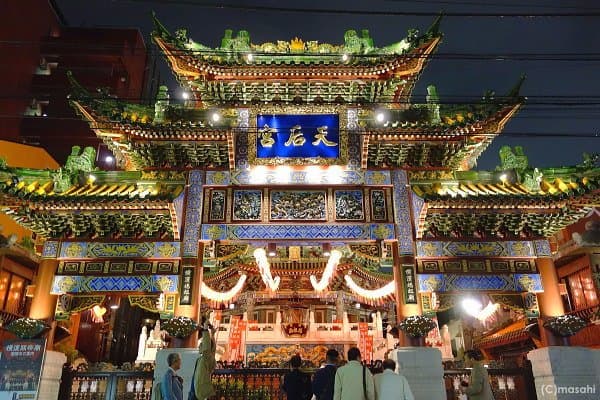
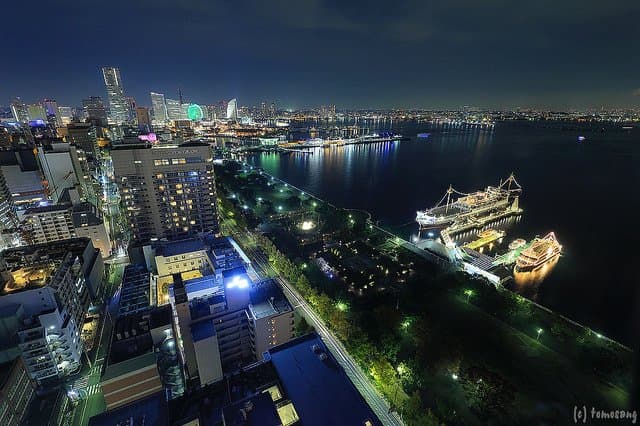
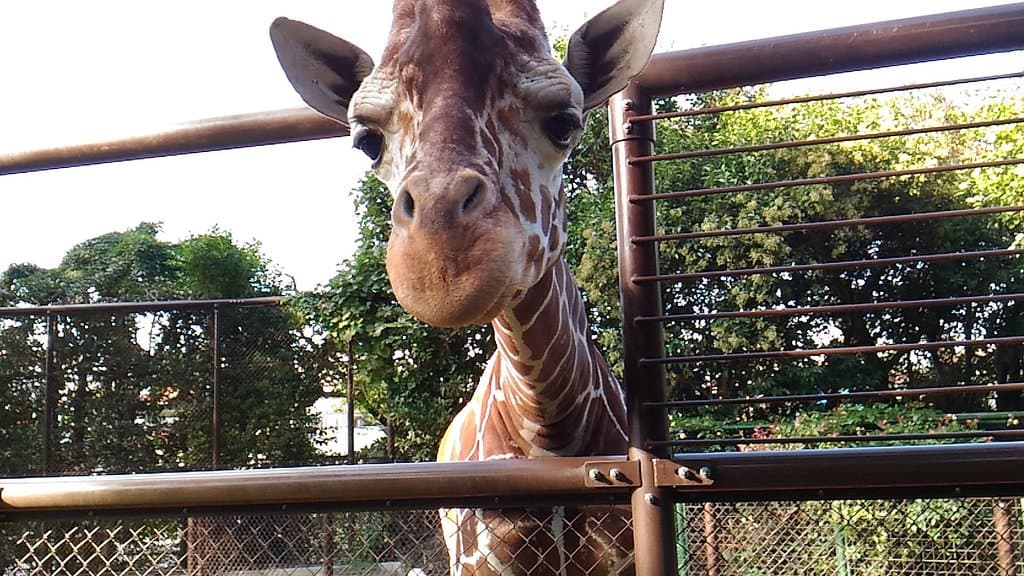

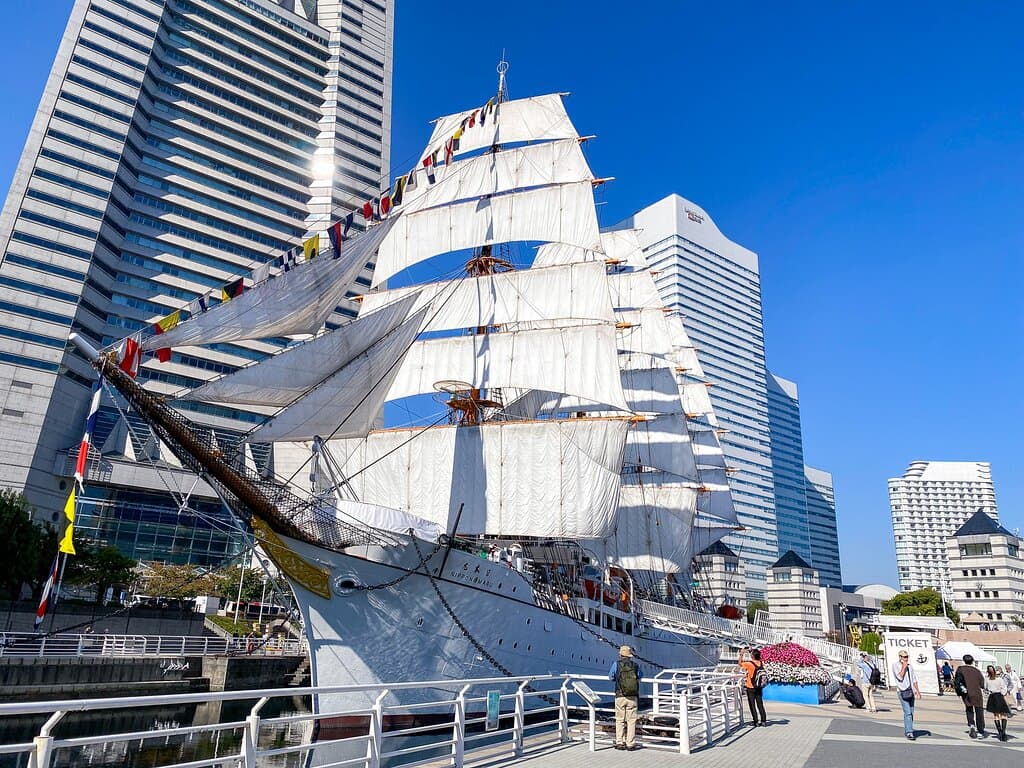
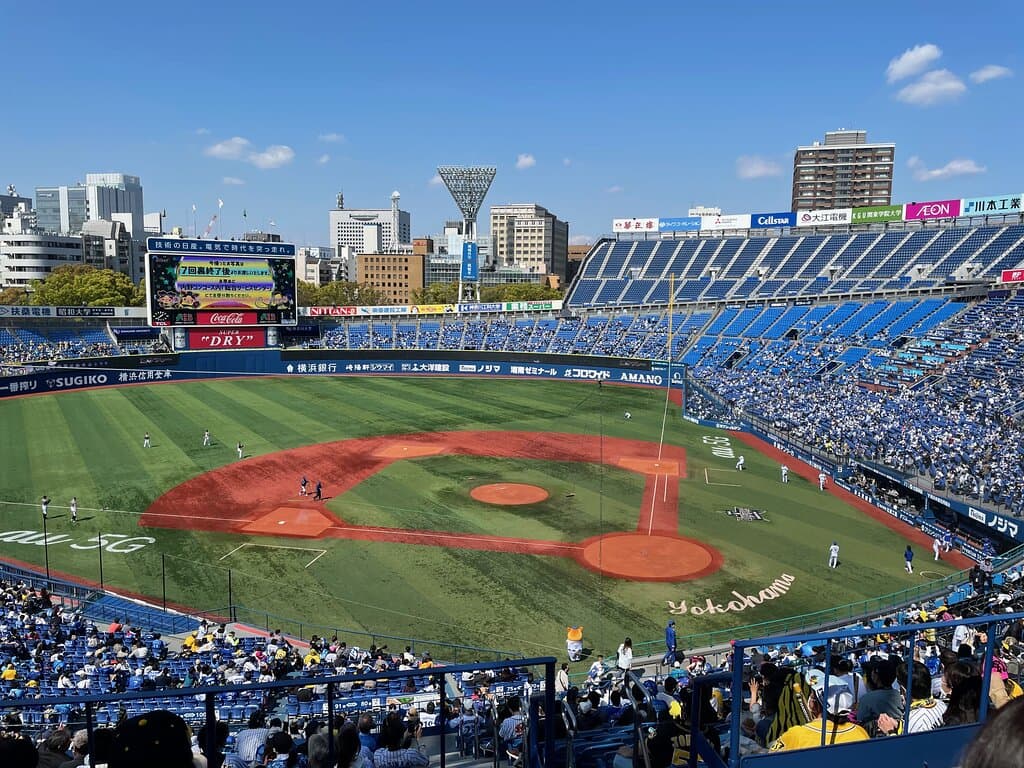
Social
from TikTok, Instagram & Reddit